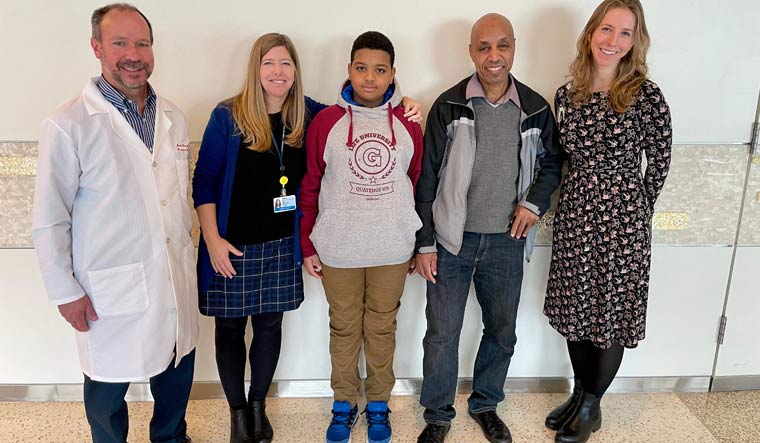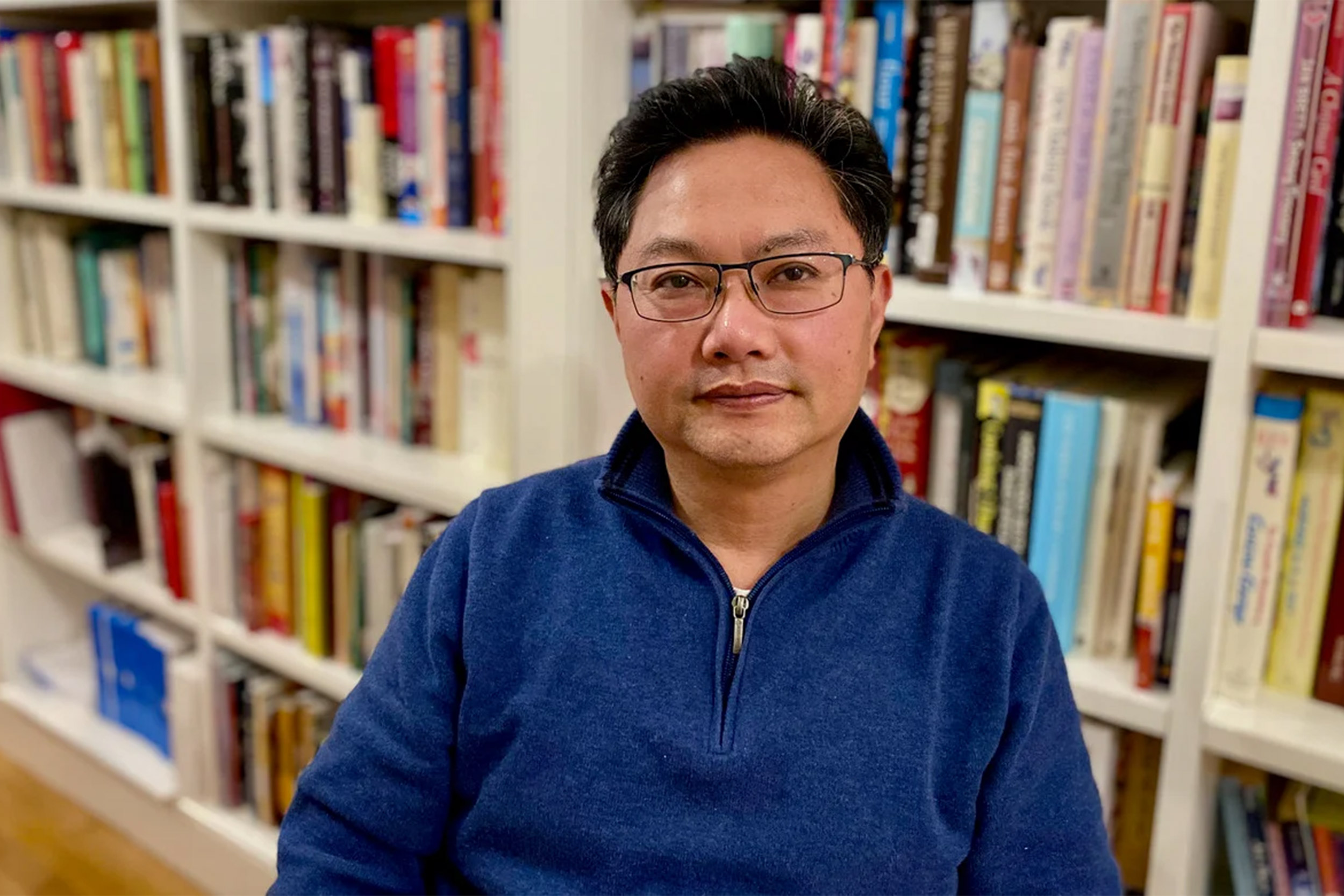
Gene therapy breakthrough enables deaf boy to hear for the first time
The outcome of the treatment exceeded all expectations
Gene therapy breakthrough enables deaf boy to hear for the first time
The outcome of the treatment exceeded all expectations
Web Desk Updated: January 24, 2024 11:19 IST

Aissam Dam, 11-year-old patient who received the gene therapy treatment (third from left) | Handout photo provided by Childrens Hospital of Philadelphia
In a remarkable breakthrough, an 11-year-old boy has regained his ability to hear after receiving pioneering gene therapy. Aissam Dam, from Morocco, who was born with congenital deafness, became the first person in the United States to undergo this revolutionary treatment. Thanks to the successful procedure, Dam can now experience the sounds of his father's voice and passing cars, marking a significant milestone in the field of gene therapy.
The cutting-edge treatment targeted a specific form of congenital deafness and is set to be trialed in younger children in the near future. Dam, who grew up in a world of complete silence, had never heard anything until his family relocated to Spain. It was there that they sought the help of a hearing specialist, who suggested that Dam might be eligible for a clinical trial involving gene therapy.
On October 4, 2023, Dam underwent a groundbreaking surgical procedure at the renowned Children's Hospital of Philadelphia (CHOP). The operation involved partially lifting his eardrum and introducing a modified virus, specifically engineered to transport functional copies of the otoferlin gene, into the fluid of his cochlea. This innovative approach kickstarted the production of the missing protein in his hair cells, ultimately restoring their proper function.
The outcome of the treatment exceeded all expectations, granting Dam access to a world of sound that was once entirely foreign to him. The success of this gene therapy procedure brings hope not only to patients around the globe suffering from hearing loss caused by genetic mutations but also to the wider medical community.
Despite the incredible achievement, reports suggest that Dam may face challenges in acquiring spoken language. The brain's window for acquiring speech typically closes around the age of five, making it unlikely for Dam to develop this skill. The US Food and Drug Administration, which granted approval for this groundbreaking study, prioritized older children for safety reasons, aiming to assess the efficacy and safety of the treatment before moving on to younger patients.
Gene therapy, a technique that modifies an individual's genes to treat or cure diseases, has emerged as a game-changing medical tool. It offers several mechanisms for therapeutic intervention, including the replacement of disease-causing genes with healthy copies or the inactivation of malfunctioning genes. This powerful approach has the potential to revolutionize the treatment landscape, providing new avenues of hope for individuals affected by genetic disorders.






